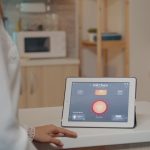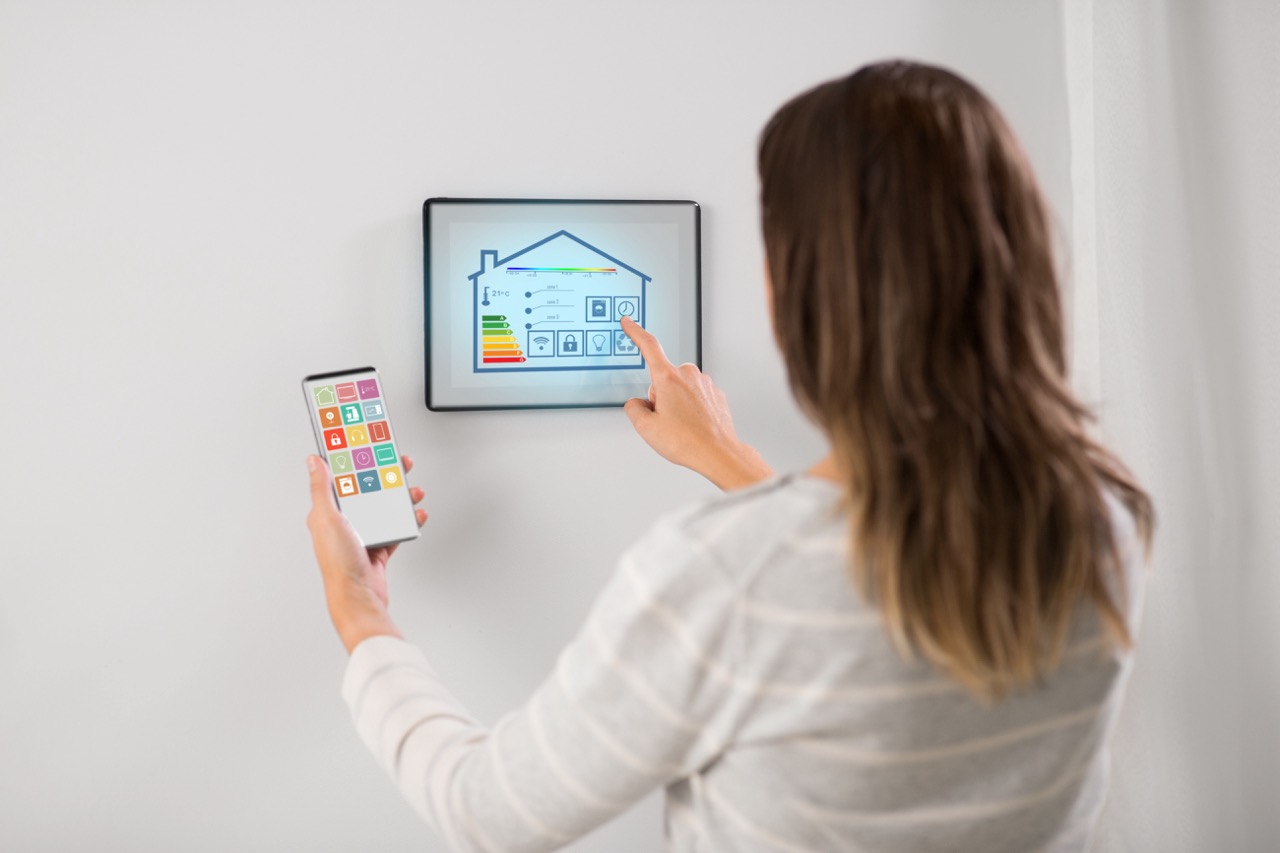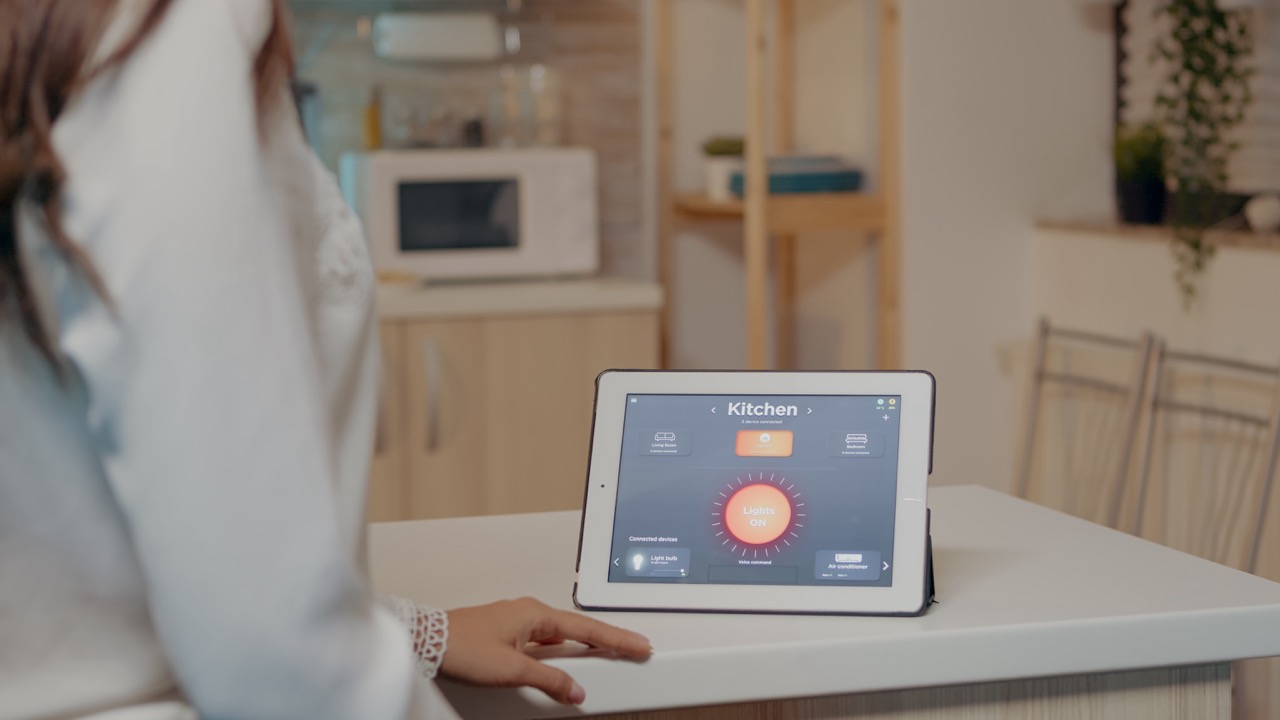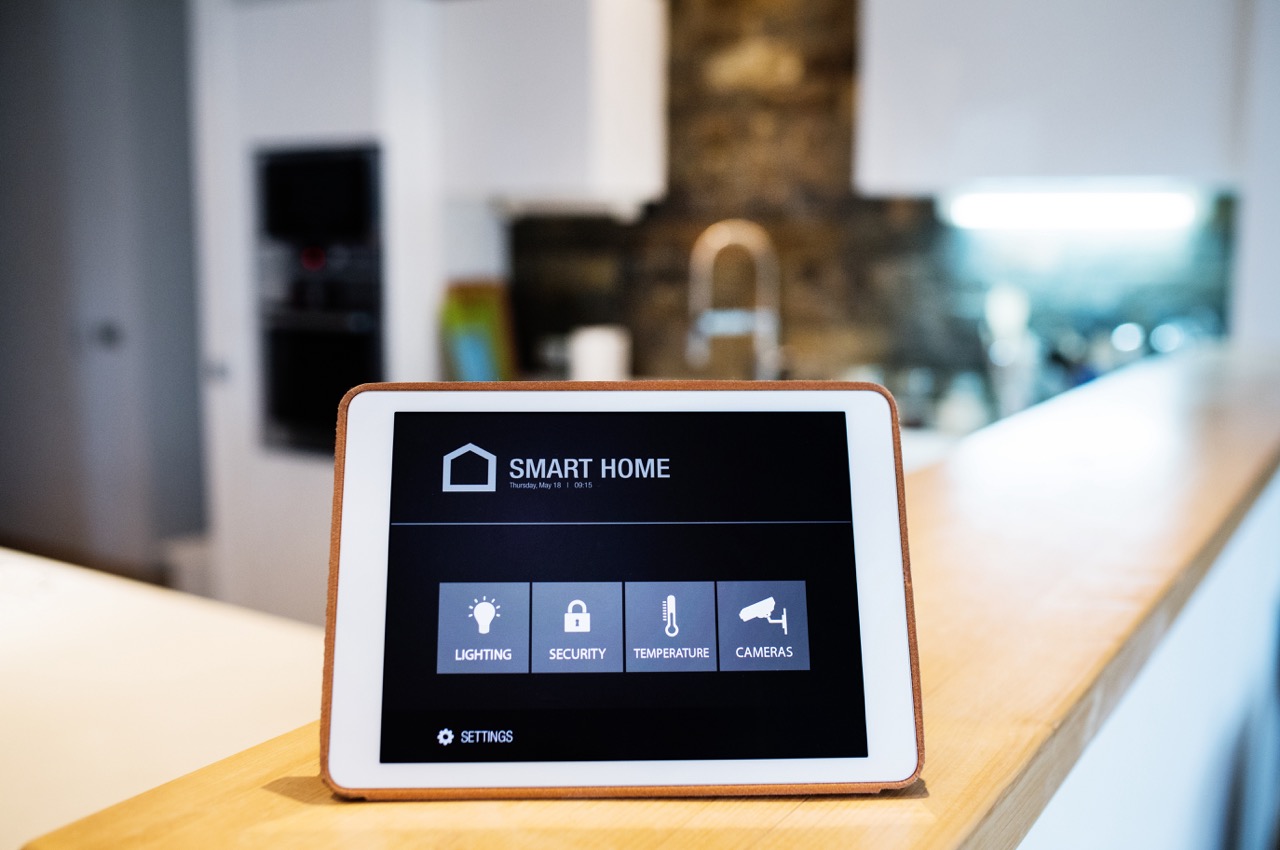In recent years, wearable devices have emerged as a cornerstone in the evolution of healthcare, providing unprecedented opportunities for monitoring, prevention, and management of health conditions. From fitness trackers to advanced biosensors, these devices offer a seamless integration of technology and health monitoring, radically altering the landscape of healthcare. This transformative influence extends beyond mere technology adoption, fostering enhanced patient engagement, improved health outcomes, and a shift towards more personalized healthcare. In this article, we will explore how wearable devices are reshaping the healthcare industry, emphasizing their impact, real-time monitoring capabilities, and the critical role of data analytics, while also addressing privacy concerns.
Evaluating the Impact of Wearable Tech in Healthcare
The integration of wearable technology in healthcare has shown significant potential in improving patient outcomes and reducing healthcare costs. By continuously monitoring health parameters such as heart rate, blood pressure, and glucose levels, wearables provide a comprehensive picture of a patient’s health status, leading to timely interventions. Moreover, these devices facilitate remote patient monitoring, allowing healthcare providers to track patient health remotely, which is particularly beneficial for chronic disease management and elderly care. The adoption of wearables also supports the shift from reactive to proactive medical practices, where prevention is prioritized over treatment.
Furthermore, wearables have democratized health data, empowering patients to take an active role in managing their health. This increased accessibility to personal health information prompts individuals to engage in healthier behaviors and make informed decisions regarding their health. Additionally, wearables are proving instrumental in clinical research, offering real-time, high-quality data that enhances the understanding of diseases and the impact of treatments. This not only accelerates the pace of research but also improves the accuracy of the findings, potentially leading to faster and more effective treatment solutions.
However, the impact of wearables extends beyond individual health management to influence public health strategies. The aggregation of anonymized data from a large number of users can help identify health trends and outbreaks, facilitating more effective public health interventions and policy making. This collective data can be a powerful tool in predicting and managing health crises, underscoring the profound societal benefits of wearable healthcare technology.
How Wearables Offer Real-Time Health Monitoring
Wearable devices are equipped with sensors that provide continuous health monitoring, which is a significant advancement over traditional, periodic health check-ups. This continuous stream of data offers a more detailed and accurate picture of a person’s health, capturing potential issues that sporadic testing may miss. For instance, wearable devices that monitor heart rhythms can detect irregularities that may indicate cardiovascular problems, prompting early intervention.
Moreover, the real-time data collected by wearables enables dynamic health management. For example, a diabetes patient can monitor their blood glucose levels continuously and receive alerts to take insulin or adjust their diet as needed. This immediate feedback loop not only helps in effective management of the condition but also reduces the risk of complications associated with high or low blood sugar levels.
The integration of GPS and motion sensors further enhances the functionality of these devices, allowing for the monitoring of physical activity and providing contextual health advice. For instance, if a wearable detects prolonged periods of inactivity, it can prompt the user to engage in physical activity, contributing to better overall health and preventing lifestyle-related diseases.
Enhancing Patient Engagement Through Wearables
Wearable devices catalyze higher rates of patient engagement by making health management more interactive and accessible. With features like goal setting, progress tracking, and personalized insights, wearables turn the often daunting task of health management into a more engaging and rewarding experience. This increased engagement is crucial for chronic disease management, where consistent monitoring and adherence to treatment plans are key to managing the disease.
Additionally, wearables provide a platform for gamified health challenges and social sharing, adding a layer of motivation that traditional healthcare approaches often lack. By allowing users to share their achievements on social media or compete with friends and family in health challenges, wearables tap into social dynamics to encourage healthier lifestyle choices.
Moreover, the user-friendly interfaces and personalized notifications keep patients informed and proactive about their health. Whether it’s a reminder to take medication or a prompt to schedule a doctor’s appointment, these features ensure that crucial health tasks are not overlooked, enhancing the effectiveness of health interventions and fostering a more cooperative patient-provider relationship.
The Role of Data Analytics in Wearable Technology
Data analytics plays a pivotal role in the value derived from wearables in healthcare. By applying advanced analytical techniques to the vast amounts of data generated by these devices, meaningful insights can be gleaned that are crucial for personalized medicine. For instance, machine learning algorithms can analyze patterns in vital signs to predict potential health issues before they become serious, allowing for preventive measures to be taken.
Furthermore, data analytics enhances the precision of health monitoring. By continuously refining the algorithms based on new data, the accuracy of health predictions and personal health insights improves, making the guidance provided by wearables more reliable and actionable. This not only personalizes the healthcare experience but also makes it more effective by tailoring health interventions to the individual’s specific needs.
Moreover, the integration of data analytics with wearable technology facilitates a more holistic view of health by correlating different health metrics. For example, analyzing sleep patterns alongside physical activity levels and heart rate data can provide comprehensive insights into an individual’s health and well-being, guiding more nuanced and effective health strategies.
Addressing Privacy Concerns in Healthcare Wearables
Despite the benefits, the widespread adoption of wearable technology in healthcare raises significant privacy concerns. The sensitive nature of health data necessitates stringent measures to protect patient information from unauthorized access and breaches. Wearable device manufacturers and healthcare providers must adhere to health information privacy laws, such as HIPAA in the United States, which sets standards for the protection of health information.
To mitigate these concerns, it is imperative that companies implement robust encryption methods, secure data storage solutions, and transparent data usage policies. Additionally, patients should have the autonomy to control who has access to their data and for what purpose, ensuring that their privacy preferences are respected.
Moreover, the development of standardized protocols for data sharing and analysis can help build trust and ease privacy concerns. Clear guidelines and regulations not only protect personal health information but also foster a safer environment for the integration of wearable technologies in healthcare, balancing innovation with the right to privacy.
Future Prospects: What’s Next for Health Wearables?
The future of health wearables is poised for exponential growth and innovation. Advancements in sensor technology and artificial intelligence will lead to even more sophisticated health monitoring capabilities, potentially detecting a wider range of conditions with greater accuracy. This could revolutionize early diagnosis and the management of numerous diseases, significantly altering the approach to healthcare.
In addition, the integration of wearables with other emerging technologies such as augmented reality and virtual reality holds promise for more immersive health interventions. For example, a combination of VR and wearables could be used in physical therapy to provide real-time feedback and adjustments, enhancing the recovery process.
Lastly, as the technology matures, we can expect a more seamless integration of wearables into everyday life, making health monitoring more ubiquitous but also more discreet. This will likely lead to a greater acceptance and use of wearable health technologies, which in turn could drive a more proactive and preventative health culture globally.
Wearable devices are not just transforming healthcare; they are revolutionizing it. By enabling real-time health monitoring, enhancing patient engagement, and leveraging data analytics, wearables offer a powerful tool for improving health outcomes and reducing costs. However, as the technology advances, it is crucial that privacy concerns are rigorously addressed to protect patient information. Looking ahead, the exciting future of health wearables promises not only to enhance individual health management but also to impact broader health policy and public health outcomes. As we stand on the brink of this new era in healthcare, it is clear that wearables will play a central role in shaping the future of human health.









